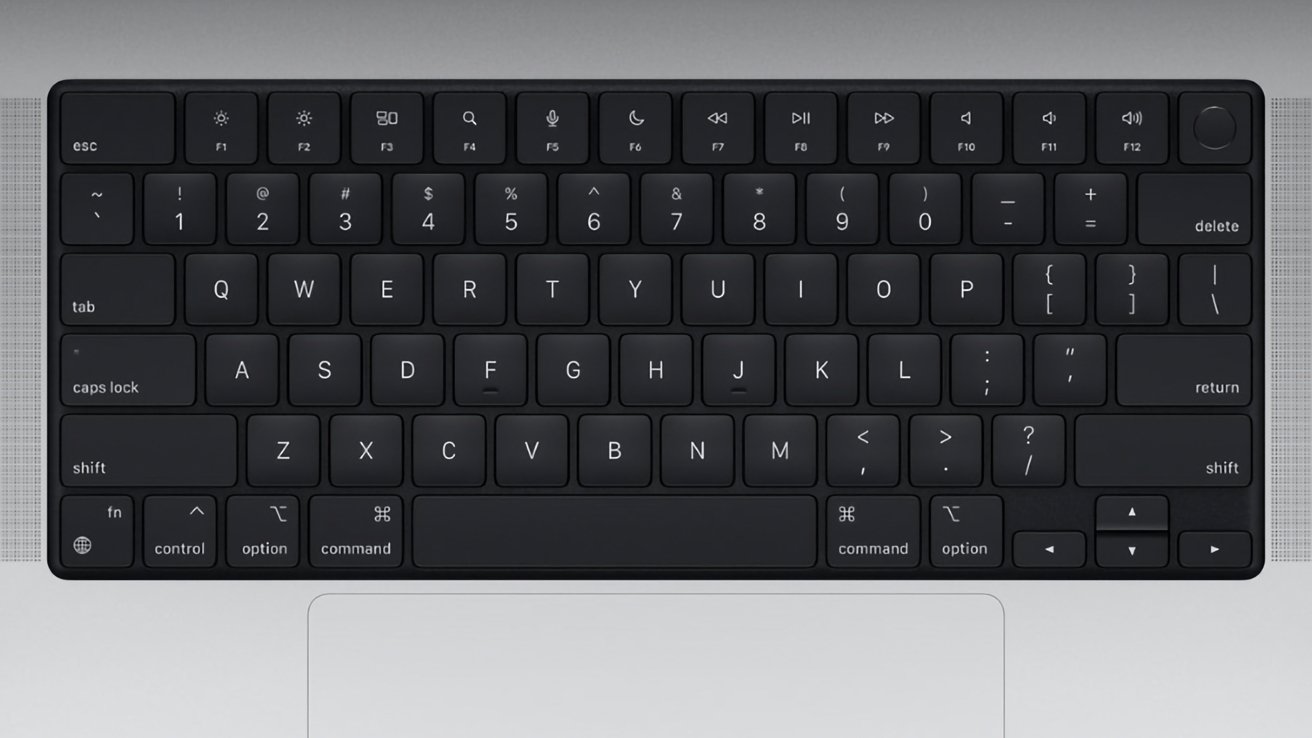The Orico MiniTower 2-Bay RAID Enclosure offers an economical solution for users seeking to expand their desktop storage. Its design and functionality make it a compelling choice, though certain limitations may affect its appeal to power users.
Design and Build
Resembling a taller version of the Mac mini, the Orico MiniTower features a sleek aluminum body with a white removable lid. Its compact footprint allows it to sit neatly alongside a Mac mini, complementing the aesthetic of modern workspaces. The device includes a circular base that facilitates airflow, drawing air in from the bottom and expelling it through the rear vent to maintain optimal operating temperatures.
Drive Capacity and Configuration
The top lid reveals two vertically mounted bays designed for 3.5-inch hard drives, each capable of supporting up to 24TB, allowing for a total storage capacity of 48TB. Users have successfully installed 26TB drives without issues, indicating potential for even greater storage. Additionally, the rear panel conceals an M.2 NVMe slot that accommodates drives up to 8TB, bringing the combined storage potential to 56TB. Orico refers to this setup as Hot and Cold data partitioning, where the SSD provides rapid access to frequently used data (hot), while the HDDs serve as mass storage for less frequently accessed files (cold).
The enclosure supports RAID 0 and RAID 1 configurations, selectable via a switch on the rear. While these hardware RAID options are available, users may prefer utilizing macOS’s Disk Utility for software RAID configurations, offering greater flexibility and control.
Connectivity and Performance Limitations
The front panel is equipped with SD and TF card slots, a USB 2.0 port, a USB 3.2 Type-A port rated at 10Gbps, and a power button. The rear panel includes a USB-C port for connecting to the host computer, two additional USB 2.0 ports for peripherals, a RAID configuration switch, and the power input.
A significant limitation of the Orico MiniTower is its reliance on a single USB-C connection with a maximum bandwidth of 10Gbps. This bandwidth is shared across all connected devices and storage drives, which can lead to performance bottlenecks during simultaneous data transfers. While adequate for standard hard drive operations, this constraint becomes evident when utilizing SSDs and multiple peripherals, potentially hindering data transfer speeds.
The absence of USB4 or Thunderbolt support is notable, especially considering the increasing prevalence of these faster interfaces. Incorporating USB4 would have provided higher bandwidth, reducing the likelihood of performance limitations. However, for users with moderate data transfer needs, the existing USB 3.2 connectivity may suffice.
Pricing and Value Proposition
Priced at $129 without drives, the Orico MiniTower presents a cost-effective option for expanding desktop storage. Its design and functionality cater to casual users seeking additional capacity without a significant financial investment. However, the 10Gbps speed ceiling may deter power users who require faster data transfer rates for intensive tasks.
Pros:
– Compact and aesthetically pleasing design
– Affordable price point
Cons:
– Limited to 10Gbps bandwidth
– Potential performance bottlenecks with multiple devices
– Lack of USB4 or Thunderbolt support
Conclusion
The Orico MiniTower 2-Bay RAID Enclosure is a practical and budget-friendly solution for users looking to expand their desktop storage. Its design complements modern setups, and its capacity is suitable for general use. However, the 10Gbps bandwidth limitation may pose challenges for users with high-speed data transfer requirements. For those seeking faster performance, exploring enclosures with USB4 or Thunderbolt support may be advisable.



